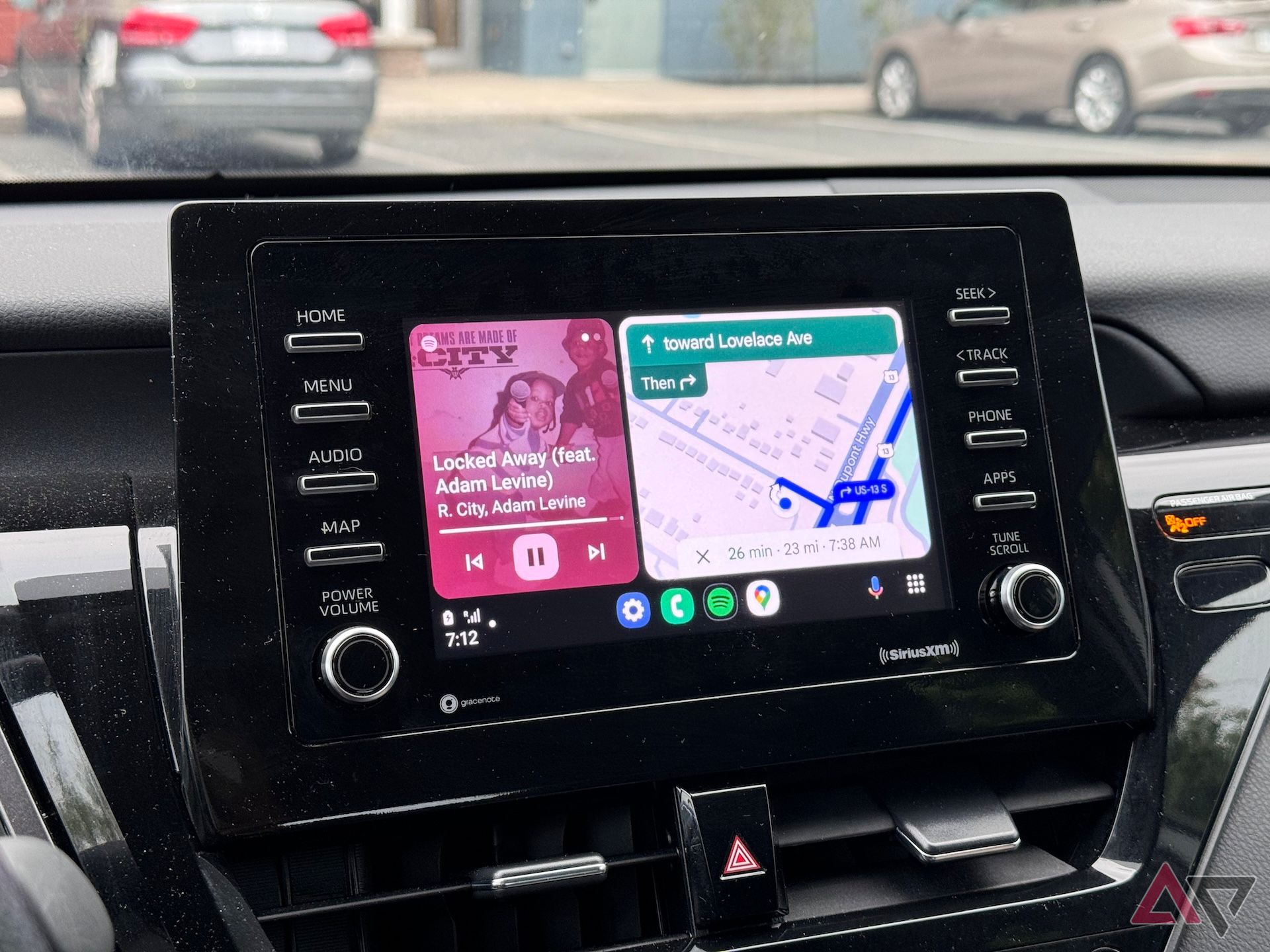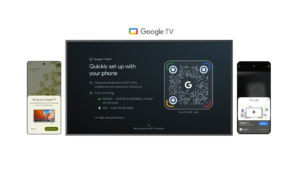Gemini Expands into Android Auto and Automotive Market

Google Assistant’s Transition to Gemini
The Upcoming Changes
Google has announced plans to retire its widely-used Google Assistant by the end of 2025. This change won’t simply affect smartphones or smart home devices; it aims to phase out the assistant across all platforms, including cars. The move is part of Google’s strategy to integrate its new AI assistant, known as Gemini, into various operating systems.
What’s Happening with Google Assistant
Since its updated user interface launched on Android Automotive OS (AAOS) less than a year ago, Google Assistant may already be on the way out. The integrated features of Gemini are now becoming clearer, especially in Android Automotive, which hints at a major overhaul in how drivers interact with technology in their vehicles.
Here are some key points to note:
- Phasing Out: Google Assistant is set to be phased out on multiple platforms by late 2025.
- Introduction of Gemini: Evidence suggests that Gemini is gradually taking over functionalities that Google Assistant once held.
- Scope of Changes: The transition will affect various devices, including TVs and certain Fitbit models, in addition to the automotive sector.
Gemini Takes the Lead
The transition to Gemini is significant as it will replace Google Assistant with advanced capabilities. Specifically, both Android Auto and Android Automotive are trending toward this change:
- Android Auto: This system allows users to connect their smartphones to their vehicles’ displays.
- Android Automotive OS (AAOS): Unlike Android Auto, AAOS is built directly into the vehicle, creating a more integrated experience without relying on external devices.
New updates indicate that Gemini will soon dominate both Android Auto and AAOS, as highlighted by tech news sources such as Android Authority.
User Experience with Changes
To ease users into the transition, Google is reportedly preparing for a smoother switch to Gemini. There’s evidence that the company is embedding prompts within the Google Assistant app that will guide users on how to adapt to the new AI features. For instance, within the upcoming updates for AAOS, users may find messages encouraging them to explore the functionalities of Gemini.
Expected User Prompts
Strings found in the code for Android Automotive suggest that users could soon see messages like:
- “Your AI assistant for the car”
- “Speak more naturally and get more done with your new assistant”
- “Try later”: This indicates that Gemini will be activated before Google Assistant’s shutdown, providing users with a grace period to transition.
Importance of the Transition
As Google moves forward with Gemini, it’s also paving the way for a future where AI capabilities can enhance everyday tasks more effectively. This indicates an intent to improve user interactions through natural language processing and deeper integrations.
To keep pace with the evolving technological landscape, vehicles will increasingly adapt to these advancements, making a transition to Gemini not just necessary but beneficial for an improved driving experience. As Gemini begins to roll out, it will bring fresh opportunities for how drivers access information and control their vehicle functions.
This change also signifies a broader trend in design and functionality, as Google aims to create a more seamless experience across its products. The eventual aim is to have AI act as a more intelligent assistant in various life aspects, focusing not just on driving but on overall user productivity.






